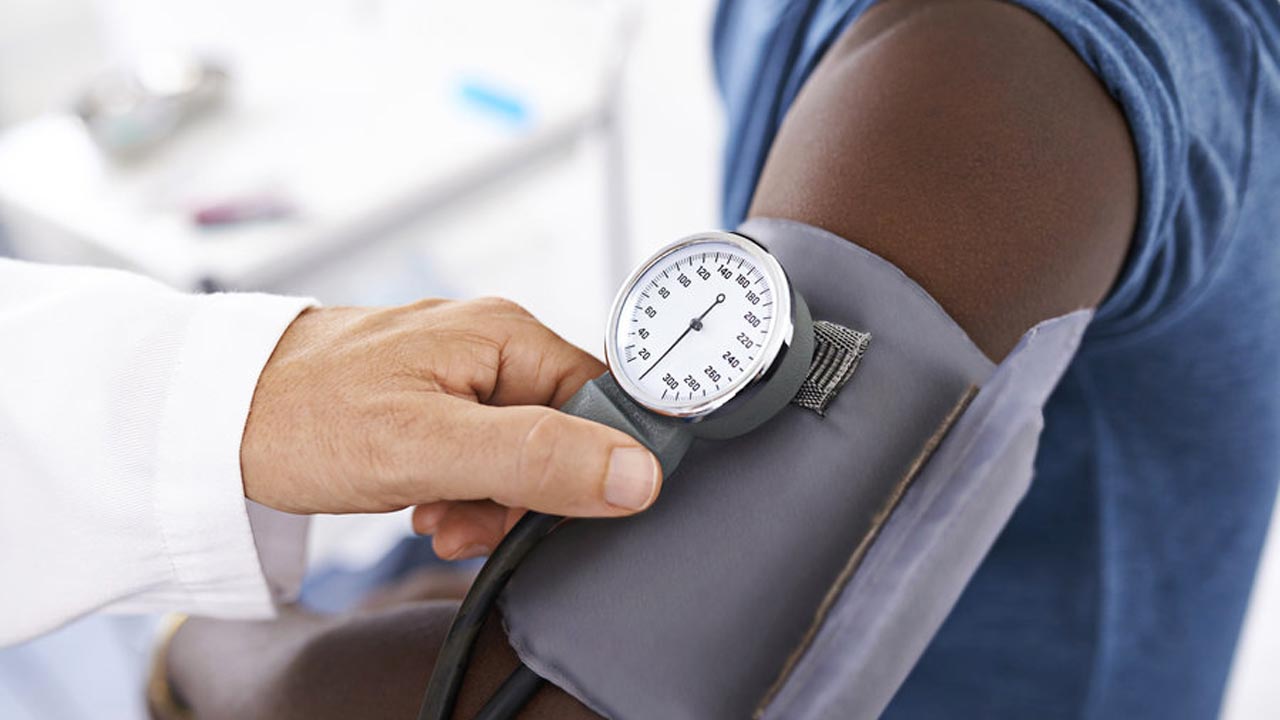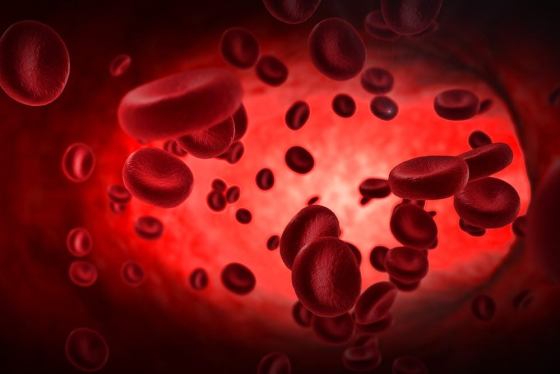In late March 2013, investigators confirmed that 3 patient deaths in China were due to a novel avian-origin influenza virus, H7N9. A new analysis of data from 111 patients diagnosed with the virus through May 10, 2013, shows that the virus caused severe illness in more than three quarters of confirmed cases and death in more than one quarter.
Hai-Nv Gao, MD, from the State Key Laboratory for Diagnosis and Treatment of Infectious Diseases, First Affiliated Hospital, College of Medicine, Zhejiang University in Hangzhou, China, and colleagues report their findings in an article published online May 22 in the New England Journal of Medicine.
The researchers analyzed medical record data from patients with avian-origin influenza A (H7N9) infection. Diagnosis was confirmed by real-time reverse-transcriptase–polymerase chain reaction assay, viral isolation, or H7N9 serologic testing using modified hemagglutination-inhibition assays.
Of those patients, 76.6% were severely ill and admitted to an intensive care unit, and 27.0% died. The most frequent complications were moderate-to-severe acute respiratory distress syndrome (ARDS) (79 patients), shock (29 patients), acute kidney injury (18 patients), and rhabdomyolysis (11 patients).
Patients had a median age of 61 years (range, 3 - 88 years), and 42.3% were at least 65 years of age. Approximately twice as many patients were male as female, with females accounting for 31.5% of cases.
Many patients (61.3%) had 1 or more underlying condition, including coronary heart disease, hypertension, diabetes, and chronic obstructive pulmonary disease. The most frequent presenting symptoms were fever and cough. The authors also note that early sputum production was common, as was rapid progression to severe pneumonia, moderate-to-severe ARDS, and shock.
Almost all patients (108 [97.3%] patients) had findings consistent with pneumonia on chest radiography. "Bilateral ground-glass opacities and consolidation were the typical radiological findings," the authors write.
Laboratory findings on admission included lymphocytopenia in 98 (88.3%) patients and thrombocytopenia in 44 (39.6%).
The majority (97.3%) of patients received antiviral therapy, which was initiated at a median of 7 days (range, 1 - 23 days) after symptom onset.
In a multivariate analysis, the presence of coexisting medical conditions significantly increased the risk of moderate-to-severe ARDS (odds ratio, 3.42; 95% confidence interval, 1.21 - 9.70; P = .02). The researchers adjusted for age 65 years or older, a lymphocyte count of less than 1000/mm3, an aspartate aminotransferase level of more than 40 U/L, and a creatine kinase level of more than 200 U/L.
Shock was the only factor that predicted death (odds ratio, 6.51; 95% CI, 1.09 - 38.92; P = 0.04) in a multivariate analysis, after adjustments for age 65 years or older, coexisting medical condition, shortness of breath at presentation, ARDS, acute kidney injury, and initiation of antiviral therapy more than 5 days after the onset of symptoms.
The researchers report that as of May 10, 30 patients had died, 49 had fully recovered, and 30 were still hospitalized. Of the patients who were still hospitalized, 24 were in an intensive care unit.
The study was funded by the grants from the National Natural Science Foundation of China, the National Program for the Prevention and Control of Human Infections by Avian-Origin H7N9 Influenza A Virus, and the National Major Science and Technology Research Projects for the Control and Prevention of Major Infectious Diseases in China. The authors have disclosed no relevant financial relationships.
N Engl J Med.





